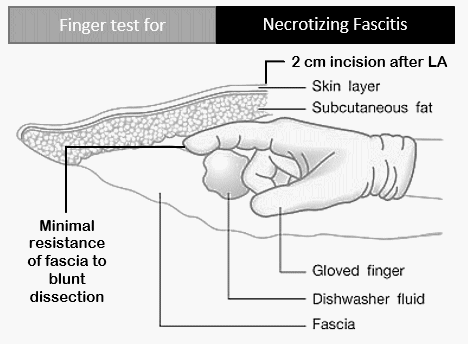Necrotizing fasciitis can be misdiagnosed in about 75% of the cases in the intial stage of the disease. The most consistent feature of early necrotizing fasciitis is the pain out of proportion to swelling or erythema. Other features helping to differentiate from other soft tissue infections are: Tenderness extending beyond…
Tag: General Surgery
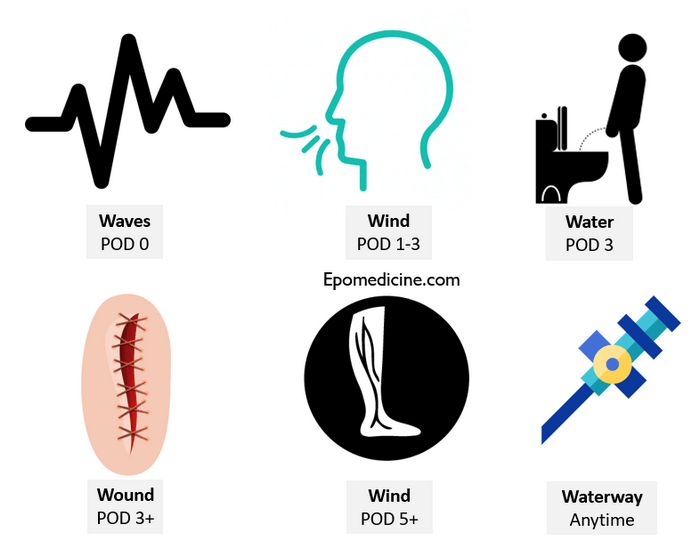
Postoperative fever – Rule of W (Mnemonic)
Postoperative fever is defined as a temperature >100°F (38°C) on 2 consecutive postoperative days, or >102.2°F (39°C) on any 1 postoperative day. The most common cause of fever within the first 48 hours is a pyretic response to surgery, which is self-limiting. Textbooks have long listed the common causes of…
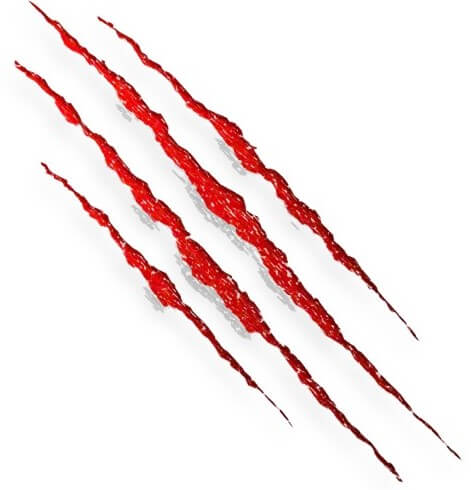
Wound – It’s types
A wound is typically described as a break in the surface tissue (such as skin or mucous membrane) or any tissue under the surface. It may involve the superficial planes alone or the deep planes and deep tissue of the body alone or both. Superficial Tissue include: Skin, Superficial Fascia,…
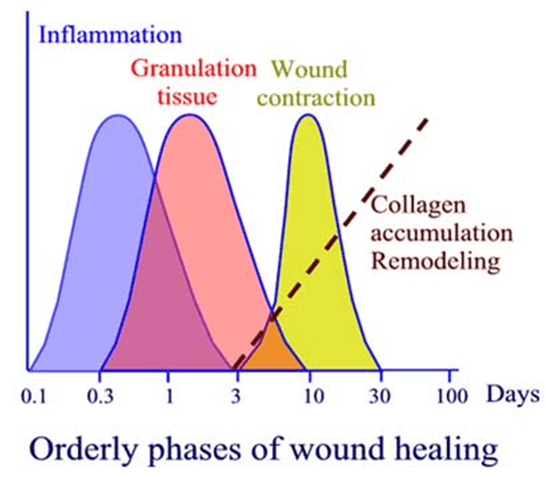
Wound Healing : Stages
1. Haemostasis (immediate): In response to exposed collagen, platelets aggregate at the wound and degranulate, releasing inflammatory mediators. Clotting and complement cascades activated. Thrombus formation and reactive vasospasm achieve haemostasis. 2. Inflammation (0-3 days): Vasodilatation and increased capillary permeability allow inflammatory cells to enter wound, and cause swelling. Neutrophils amplify inflammatory response by release…
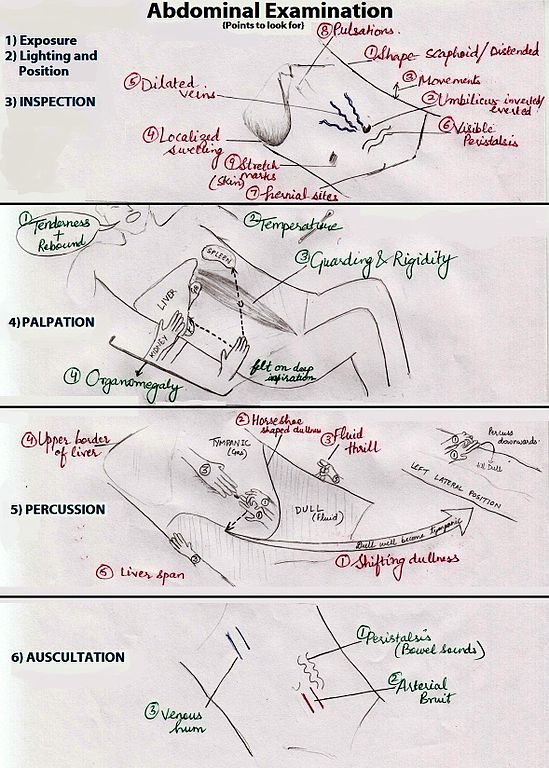
Common mistakes in Per Abdominal examination
1. Forgetting to Expose abdomen adequately: Before examination, patient should ideally be exposed from the nipples to mid thigh. Failure to do so may lead to missed findings during examination e.g. Hernia 2. Abdominal symmetry and movement: Abdominal symmetry and movement should be examined tangentially and from leg end. Comment…

Polytrauma Assessment and Management (ATLS) : Mnemonics
SIEVE triage system Mnemonic: ABC-30-2 Can Do Approach to assessment and initial management Mnemonic: ARM Adjuncts to Primary Survey Reflects the adequacy of resuscitation. Mnemonic: PEA COVER Primary Survey Follow the look, listen, feel approach – Mnemonic: ABCDE 1. Airway and C-spine protection: 2. Breathing: 3. Circulation and control of…
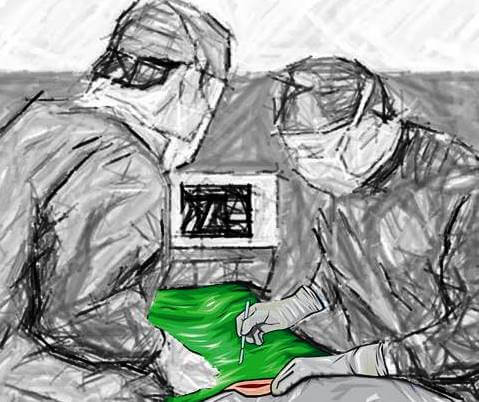
SOP – A Surgical Patient
Most patients have only one operation in their lives and to them, it is of great concern and a Solemn Occasion, though it is just another Appendix/Hernia/TKR to the Surgeon. Being a part of a surgical team is where one shares their knowledge, experience and responsibility with the others. This…
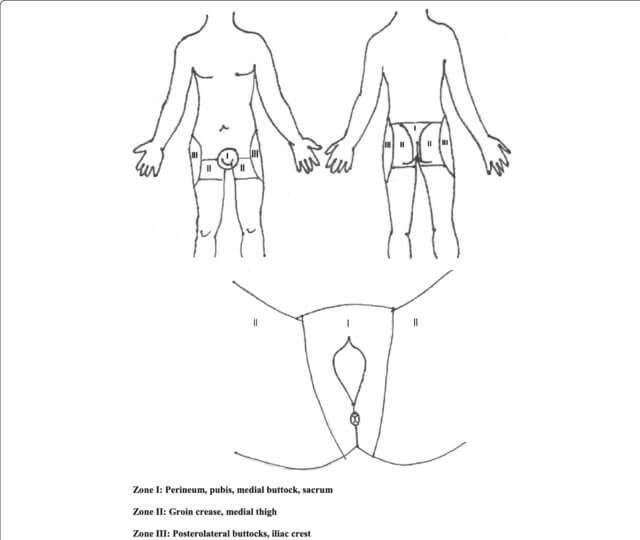
Open Pelvic fractures – Classification
General principles and classification of open fractures have been discussed earlier. The Gustillo-Anderson classification commonly used for the long bone fractures might not be suitable for open pelvic fractures. Jones-Powell classification It is based on the mechanical stability of the pelvic ring and the potential contamination of the open wound….
